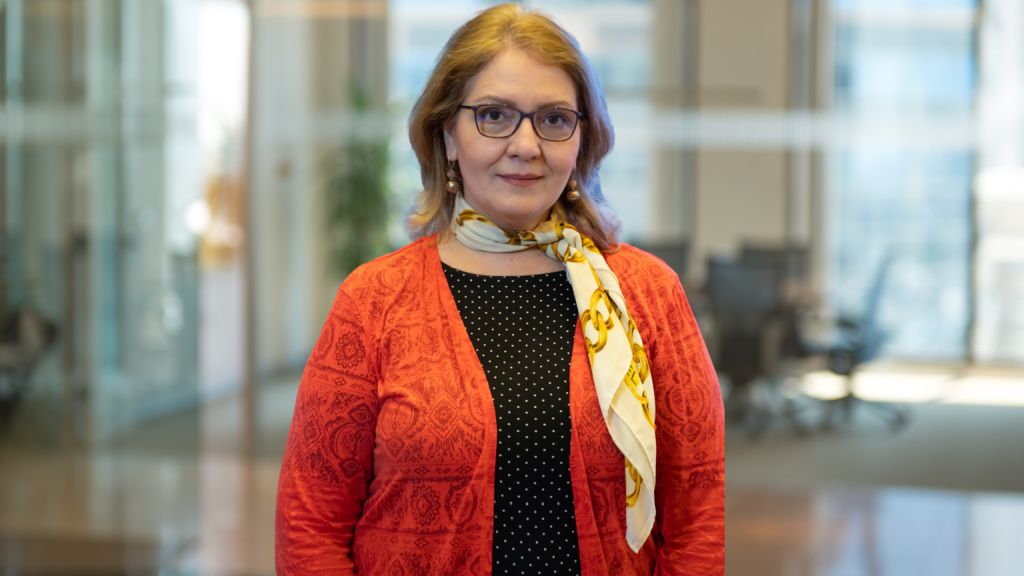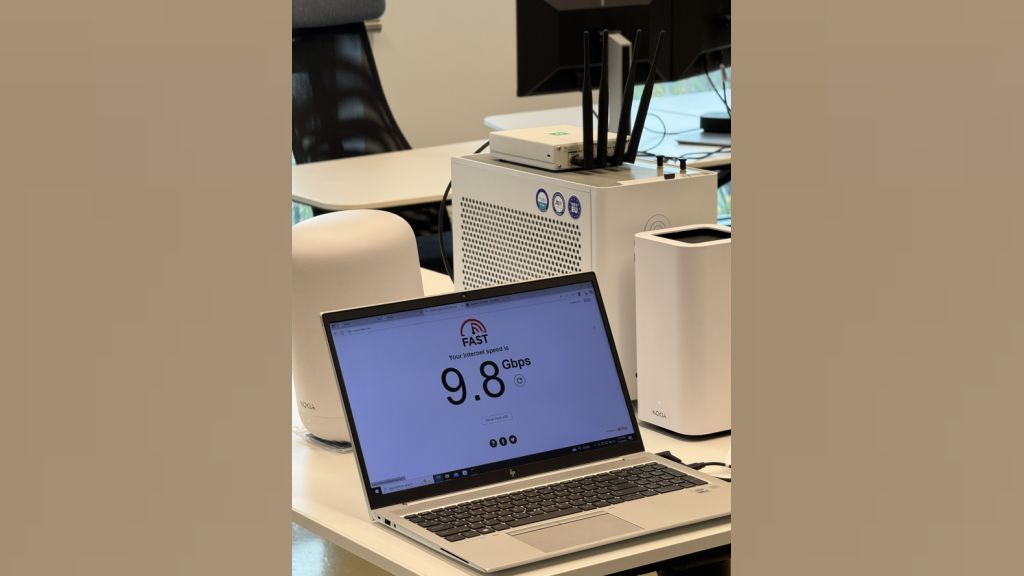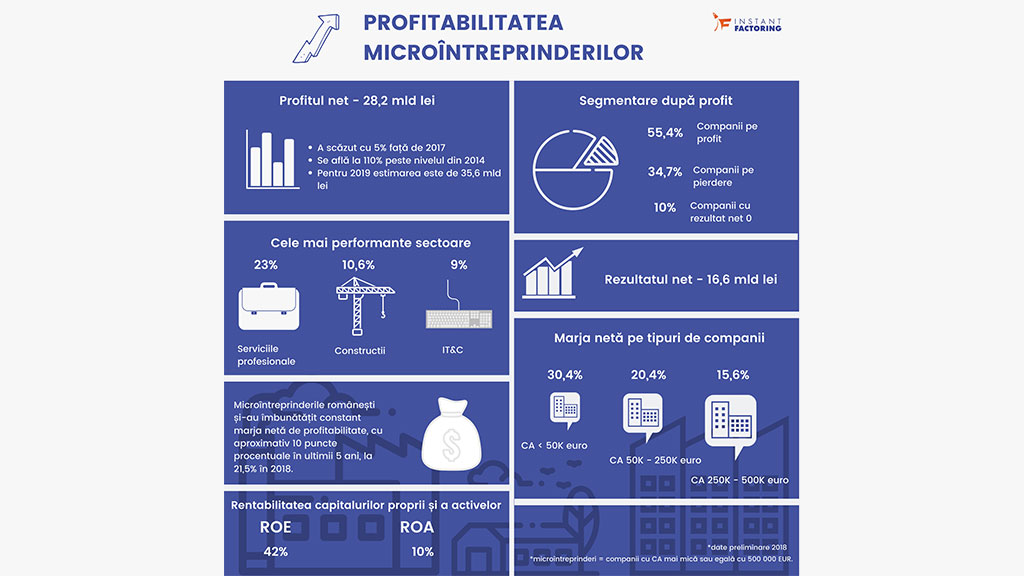EU’s plan to establish functioning internal electricity and gas markets by end-2014 is ambitious and will probably not result in liquid markets in periphery countries. Particularly in the case of Romania, price convergence would lead to major upward price adjustments that are hardly socially and politically acceptable but inevitable on long term.
Key pre-requisites for even a thin gas exchange, including at least reasonable supply diversification, are necessary but not sufficient. While the development of national electricity markets is generally followed by the coupling [aggregation] of national markets, the emergence of an integrated gas market at European level is complicated by natural obstacles – partly the uneven and scarce endowment with resources, broadly seen as owned by nations rather than by Europe, but also limitations of inter-connection capacities that hinder the access to non-European resources and the sharing of European resources. The prevailing views expressed by the European Commission officials against the shale gas provides that the broad picture would not improve in the future – rather on the opposite: the dependence on non-European gas is expected [and admitted] and will probably increase in the past decades. The shale gas glut seen these years in the US is unlikely to replicate in Europe, the Commission believes at this moment.
Higher dependence of external resources enhances the key importance of inter-connection capacities for the functioning of an integrated gas market at continental level. It is not by chance that EC started infringement procedures against Romania in regard to the regime of country’s inter-connection capacities – and not to the deregulation of the gas market. But the exports of natural gas is a politically delicate issue at a time when the local gas prices for residential users is less than half of the EU averages and well below the prices in neighbouring countries.
The price discrimination operated by Gazprom against different European partners further complicates the establishment of a pan-European market. But all these obstacles ought to be removed in order to let the natural gas prices converge across Europe. This means joint use of natural resources, which is a target that requires broader integration at European level. Issues apparently not related to the energy markets, such as labour market liberalisation or even sovereign debt crisis, do have real impact on the mood for energy market integration.
ROMANIA'S GAS MARKET LAGS BEHIND FUNCTIONING ELECTRICITY MARKET
The architecture of Romania’s electricity market reached a reasonable degree of sophistication and liquidity, even if the range of instruments should be further broadened to increase the market opening, decrease price volatility and provide hedging opportunities to market players. The coupling of the national market with regional markets or clusters of markets is a predictable and even necessary step, under the EU’s directives. Encouraged by the progress and by the fact that the electricity exchange can now support electricity market liberalisation, the IFIs recommended Romania to replicate it for the natural gas sector. The power market operator OPCOM is expected to host the first natural gas deals. Under the stand-by agreement with the IMF, the bilateral deals on the gas market should be operated by a special floor of OPCOM. But this is a very modest step for the establishment of a vibrant gas market. It is the day-ahead market that functions best within the electricity market. But it is a long way ahead before a similar spot market for natural gas would be eventually set up and gain sufficient depth. The natural gas market liberalisation indeed sets a calendar under which the suppliers of natural gas on the regulated segment ought to purchase an increasing share of the gas from the free market. But the bilateral contracts will not contribute significantly to the overall functioning of a flexible gas market. The diversification of supply is needed, in the form of LNG supplies and, when possible, Caspian gas from one of the multiple pipeline projects.
SUPPLY DIVERSIFICATION IS KEY PRE-REQUISITE FOR FUNCTIONING EXCHANGE
Weak supply diversification is one element that makes the gas market special, different from the electricity market. In principle, the trading in the natural gas markets is particularly dependent on local [European] production. The Russian gas, but also the LNG/LPG and also other pipeline gas brought into the continent is purchased under longer-term contracts/arrangements [LTCs] – with the prices indexed to the crude oil price in the case of the Russian gas. Russia is unlikely to accept the market-based principles for its deliveries to European countries; but the European customers’ tolerance of losses generated by the diverging oil-indexed prices and spot prices is decreasing.
The supply diversification can be achieved on the external supply side [more import sources] but also on the domestic supply side. The gas coming online from Exxon-OMV Petrom exploitation in Black Sea offshore, possibly supplemented by other successful discoveries in the Black Sea is extremely positive in this regard. The split among only two producers of the major country’s existing gas blocks is however a major setback.
ROMANIA TO SET UP NATURAL GAS EXCHANGE AS OF JANUARY 2013
The Romanian government has pledged to set up a natural gas trade exchange that will become operational as of January 2013, as scheduled in the Letter of Intent (LoI) drafted by the cabinet during the May 2012 IMF visit to Bucharest. The gas exchange would be developed by the electricity market operator OPCOM. The government will afterwards sell minority interest in OPCOM to main players on the electricity and gas markets, as well as to other energy exchanges in the region, the LoI indicates. Currently, OPCOM is controlled by power transport company Transelectrica.
The natural gas exchange is part of the energy market liberalisation strategy, outlined by the government in the LoI sent to the IMF, the EU and the World Bank. Romania plans to fully liberalise its natural gas market by the end of 2014 for non-residential users and by the end of 2018 for residential users. Under the liberalised market model, customers will still have the option to rely on default supplies at regulated prices supervised transparently by the market regulator. Furthermore, if the price of the imported natural gas diverges significantly from the market price in Europe, Romania maintains the option of delaying the liberalisation process.
ROMANIAN PRESIDENT PROMULGATES NEW ELECTRICITY, GAS BILLS
Romanian President Traian Basescu promulgated on Monday, July 9, the new electricity and natural gas bills that aim to gradually liberalise the domestic market, news agency Mediafax reported.
The new bill is in line with the EU's third package for the electricity and gas markets adopted in 2009 (directives 2009/72/CE and 2009/73/CE). The bill was previously endorsed by the senate on May 29. Since the electricity and natural gas transport system are owned by the state and the third package requires unbundling of transport and system operation, the law stipulates an independent system operator (ISO) model [e.g. the system operators will have to be separated from transport companies Transelectrica and Transgaz]. The new law will address several key issues of the country's electricity and natural gas markets, which recently prompted infringement procedures against Romania. Specifically, for both markets, the segments subject to regulated prices will be gradually narrowed with separate calendars for residential/non-residential customers. The law, however, replaces the regulated regime with the supplier of last resort regime, applicable for those customers that do not opt for direct negotiation with the supplier - which will predictably be all the residential plus small businesses. Market regulators (ANRE, ANRGN) will set transparent prices for this regime. At the electricity market, the producers will have to deliver all their output through the wholesale market. At the natural gas market, the regulated price of the domestic natural gas and the right of customers to benefit of a country-wide mix of domestic/import gas will be both gradually phased out at the same pace. The liberalisation process for both markets will start in Q4/2012 for non-residential users and in Q3/2013 for residential customers. The process is scheduled to be completed by the end of 2017 for the electricity market and by the end of 2018 for the natural gas market. But the law also allows delays in case the process puts at risk the energy balance or excessive social costs occur.
ROMANIAN ENERGY REGULATOR ADOPTS ENERGY PRICE LIBERALISATIOn CALENDAR
Romanian energy market regulator ANRE has also endorsed the calendars, under which the regulated electricity and natural gas prices will be gradually phased out until 2018. The documents were prepared by the government in discussions with the IFIs.
In the electricity market, the distribution companies will have to gradually increase the share of energy sources from the free wholesale market to 100% by end-2013 for non-residential consumers and by end-2017 for residential consumers. We recall that under the electricity market liberalisation model, residential and small industrial end-users will still have the right to benefit from regulated prices under a cost plus system if they are not able to engage in direct contracts with distribution firms.
In the natural gas market, the obligation of the distributors to source their deliveries from the free market will be parallel with the gradual rise in regulated prices of the domestic gas to what is defined as the “liberalised price.” The government had proposed and ANRE approved a gradual rise in the regulated price of the domestic natural gas expressed in local currency from current RON 49 (EUR 11) per MWh for non-residential users and RON 47.5 per MWh for residential users up to RON 119 per MWh – which is defined as the “liberalised” price of the natural gas, irrespective of the exchange rate fluctuations, inflation or a change in the gas price globally. The managed rise in the price of the domestic gas is necessary since no functioning market for domestic gas is in place and there are only two producers. The gradual rise of prices will be completed at the end of Q3/2014 for non-residential users and at the end of Q3/2018 for the residential users. As a combination of the two liberalisation moves on the natural gas market, ANRE estimates end-user price hikes. Non-residential users will face annual price hikes of 18% in each 2013 and 2014. Residential users will face a 10% price hike in each 2013 and 2014 followed by annual hikes of 12% in the period of 2015-2018. Nonetheless, the government has stressed that the calendar for energy price liberalisation might be adjusted in case the social impact is too strong. Most likely, the specification refers to the case when rising gas prices on the external market would force the actual end-user prices above those estimated under the liberalisation calendar.
ROMANIA TO JOIN REGIONAL ELECTRICITY MARKET AS OF 2014
Romania will be part of the regional market of electrical power starting on 2014 with advanced talks having been held in this respect with Bulgaria, Hungary, Slovakia and the Czech Republic, Romanian officials hinted. The relevant bodies are reportedly at an advanced stage of discussions with Bulgaria, Hungary, Slovakia and the Czech Republic for merging the power markets in the region. Czech Repubic, Slovak Republic and Hungary already have coupled their power markets. There will be a single regional power market integrated by the merger between the electrical power stock markets of these European countries.
ELECTRICITY MARKET STRUCTURE, UPDATE
As more than 50% of the electricity consumption is purchased through various market instruments [the ratio hit 70% for the non-household sector], the deregulation of Romania’s electricity sector seems to have advanced already significantly. The limitations of the market functioning have derived rather from abnormal [corrupt] behaviour of state-owned market players on the supply side [and sometimes on consumer side also] and lack of transparent regulations, than from the large share of electricity purchased under at the regulated price. Once the problem is solved [by full or partial privatisation, or simply better discipline in state owned companies], we expect the share of the free market segment to further proliferate. Hidroelectrica’s insolvency is a big progress in this regard. More consumers will seek to negotiate on the market and the electricity traders will concentrate on their fundamental role of operating exports/imports and trading on the wholesale market [as opposed to deriving rents from contracts with state generators at this moment]. The government announced credible steps toward the normalisation of the situation – through (i.) the sale of stakes in most of the power producers and (ii.) enforcing a new electricity bill with the ultimate purpose of (iii.) making the protection provided to residential and small non-residential users more transparent including by (iv.) providing full independence to the market regulator ANRE. The actions might have suffered delays in 2012 on the back of political turmoil but this was not the case.
The volume of DAM electricity market segment was 7.8% in 2006 but it doubled to 16-17% by 2010-2011, reached 18% in the rolling 12 months ending May 2012 and hit 20% in the summer of 2012. The liquidity of the spot market was helped by the termination of the contract of ArcelorMittal with Hidroelectrica at the end of last year [paralleled by a visible impact on the negotiated contracts side] followed during the summer by the termination of the long-term contracts signed by Hidroelectrica with private traders. This is temporarily helping the DAM segment, but will more significantly lead to the enlargement and sophistication of the market-negotiated segment.
The DAM power price has increased constantly over the past couple of years to decrease only during the summer possibly as an effect of more power becoming available after the termination of Hidroelectrica’s preferential contracts. But Hidroelectrica’s production is likely to remain weak amid adverse weather and the price indeed returned, according to updated information, above EUR 60 per MWh in August [average]. The price on the regulated contracts segment has increased in July and September to cover power distribution costs. The segment will be subject to deregulation.




























